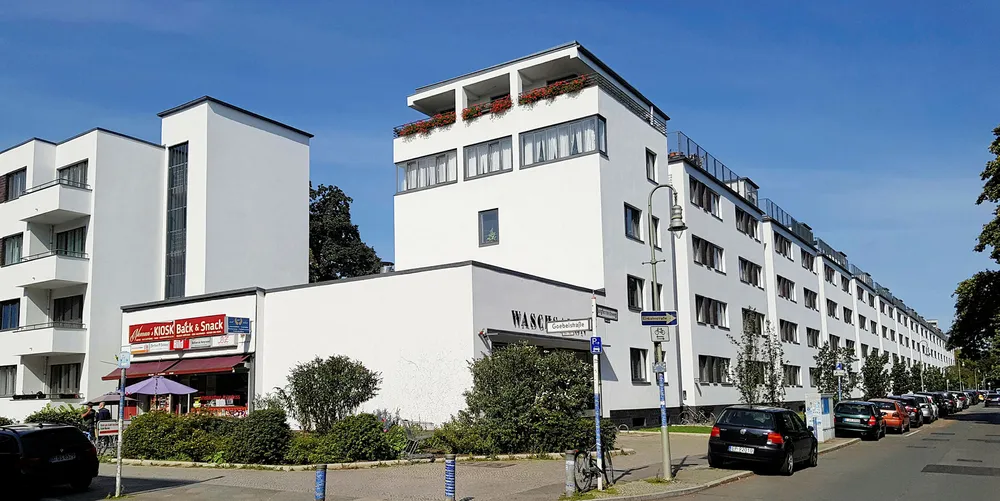'New Bauhaus' and hydrogen valleys to help 55% EU emissions cut: von der Leyen
EU Commission President stresses potential of green H2 in State of Union speech and announces the creation of new school for greener buildings

EU Commission President stresses potential of green H2 in State of Union speech and announces the creation of new school for greener buildings
